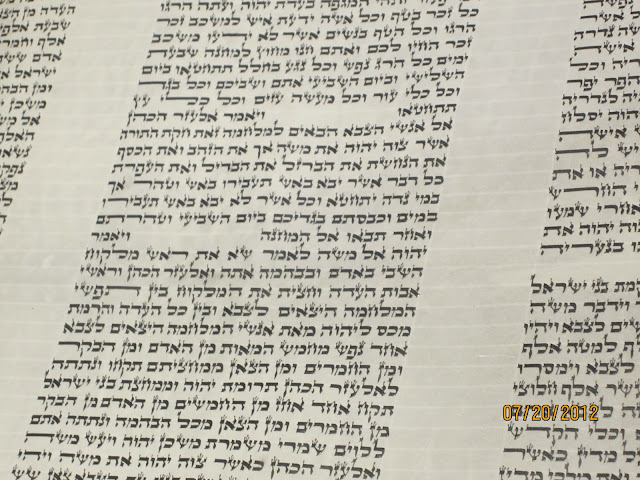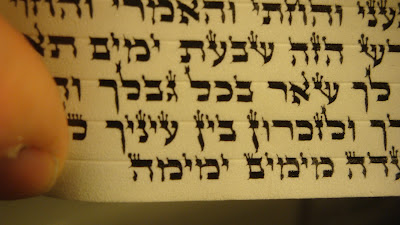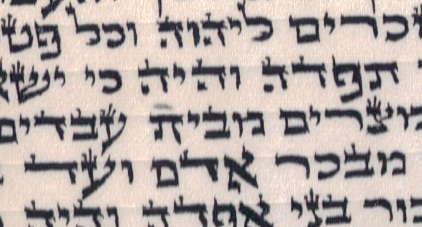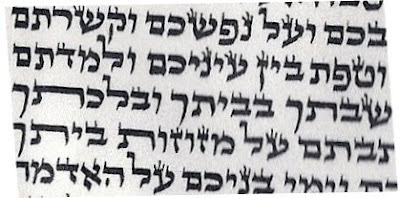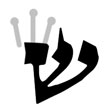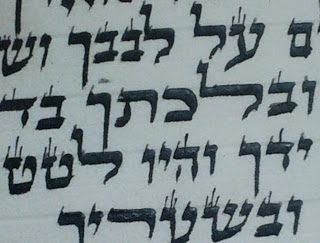Machlokot on ink composition and properties
I tried to find a common denominator to all the Machlokot on the subject of ink composition and properties. Here is what I came up with. Comments and suggestions will be appreciated. כל מה שכתבו חכמים בעניני דיו אפשר לחלק לארבע קבוצות: א. הלכות מעכבות, ב. הידורים, ג. המלצות טכניות, ד. סיפור מעשה או תאור מציאות טכנית או פגם טכני בסוג מסוים של דיו. כשלומדים את הלכות הדיו צריך להזהר שלא לטעות ולא לערבב בין הקבוצות השונות. הטעות הנפוצה ביותר היא פירוש דבר מקבוצה ב, ג, או ד, כאילו הוא הלכה מעכבת. בקונטרס תעלומות סופרים מסביר הסופר לוי יצחק מברדיטשוב את הסיבה לטעויות: "והסיבה לזה הוא מפני מיעוט בקיאות הסופרים בדברי הפוסקים ומיעוט בקיאות המחברים האחרונים דזמנינו בידיעת תכונות וטבע מיני הדיו." (שאלה לט, א) יש בדיו רק מעט הלכות מעכבות, והן: שחור. לפחות שני מרכיבים, האחד משחיר והשני מדביק. מן המותר בפיך. לכתחילה צריך להיות שחור מעשן. בדיעבד, יש אומרים כשר ויש אומרים פסול אם בתחילת עשייתו אינו שחור, והשחרות מופיעה אח"כ מעצמ...

